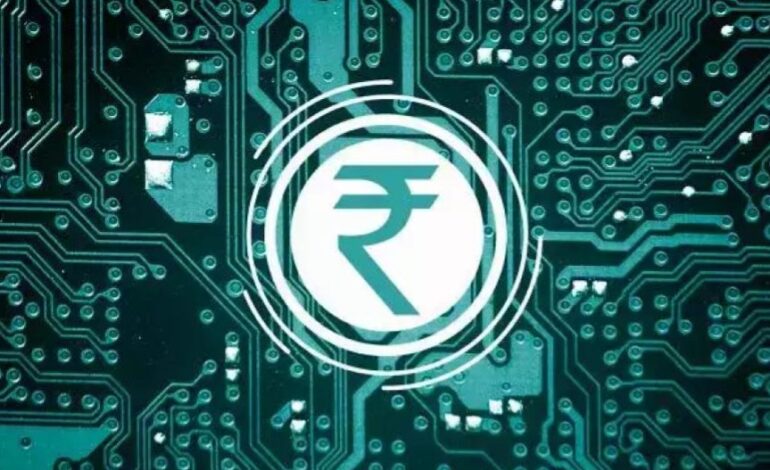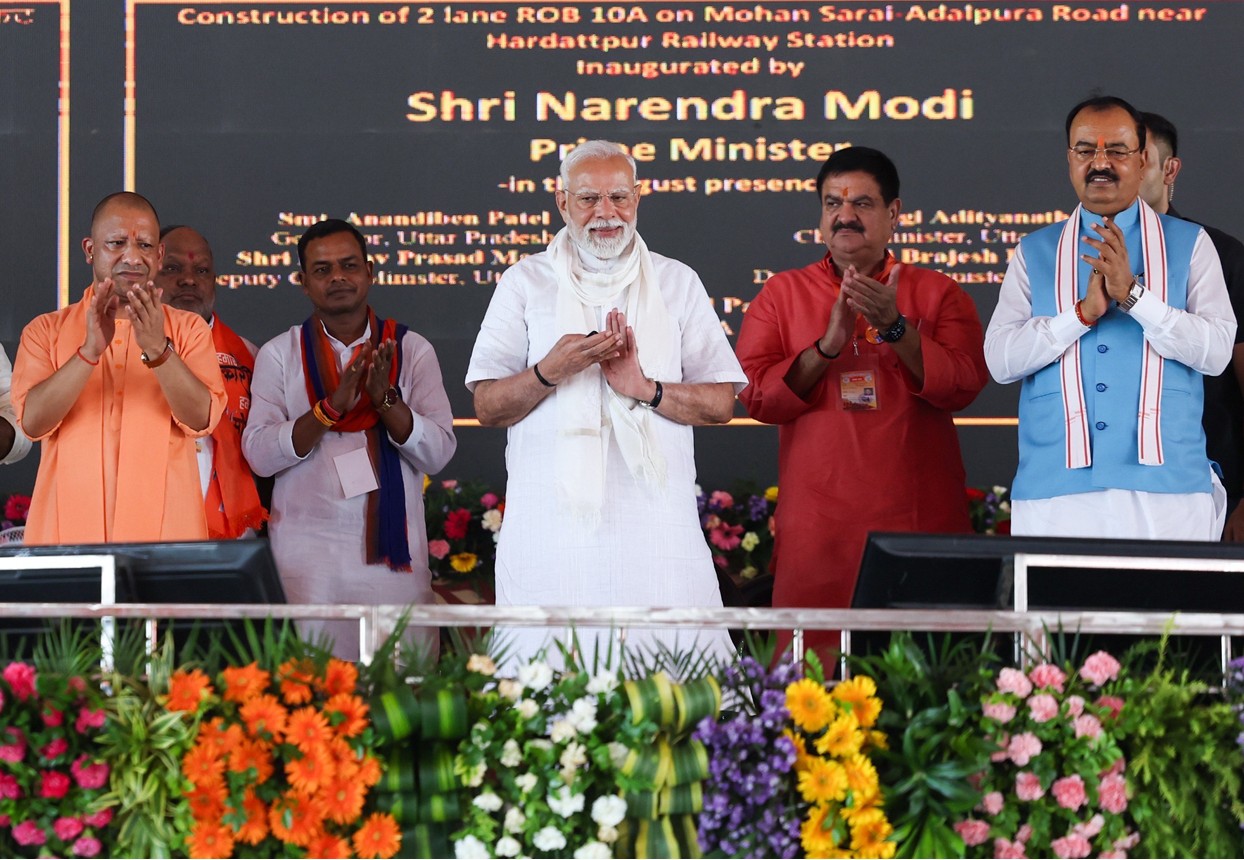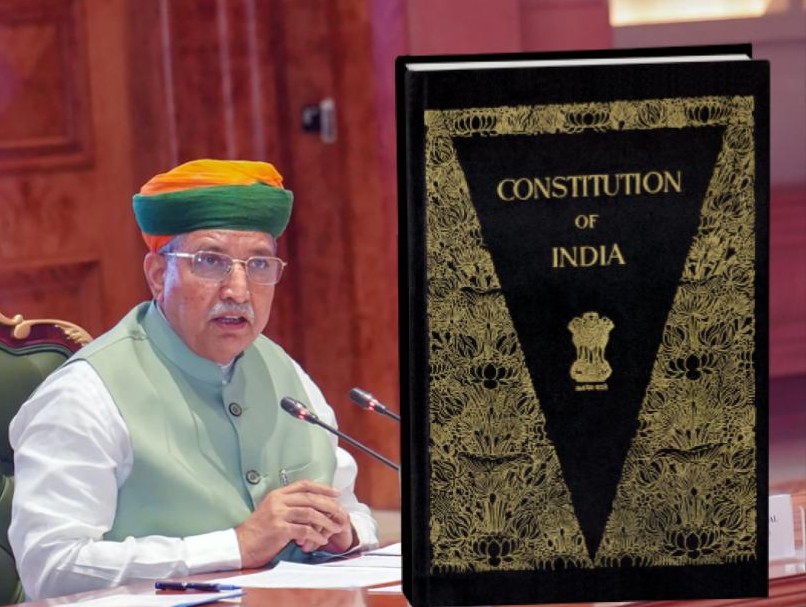Can the e-Rupee Work for India’s Real Economy?

When the Reserve Bank of India (RBI) launched its Central Bank Digital Currency pilot in late 2022, it was widely welcomed as a significant milestone in India’s digital payments journey. Now slowly advancing through testing phases, the e-Rupee is already being portrayed as the future of money in India; programmable, sovereign-backed, and potentially seamless. Yet, hidden behind the ambitious vision lies a vast and complex ecosystem: India’s informal economy, where over 90% of the workforce operates without formal contracts, secure banking access, or reliable digital tools. For the digital rupee to be truly transformational, it must go far beyond serving the digitally savvy. Its real challenge is integrating into the unstructured, cash-heavy, trust-driven world of wage labourers, domestic workers, vendors, and kirana store owners. The test for Rupee 2.0 isn’t merely technological; it’s deeply social and economic.
A Different Currency Culture
India’s informal economy operates with a distinct financial grammar, one rooted in immediacy, physical cash, verbal trust, and minimal paperwork. For a tea seller in Patna or a domestic helper in Kolkata, cash is more than a transaction medium; its safety, privacy, and independence. Its tangibility and universal acceptance make it indispensable. Despite the success of platforms like UPI and Aadhaar-linked payments, an estimated 400 million Indians remain digitally excluded or only partially connected. Many still prefer cash to evade bank fees, preserve anonymity, or simply because it’s what they know. In such a setting, the e-Rupee risks being perceived as a solution to a problem that doesn’t exist, or worse, a disruption to how they earn and spend. Unlike UPI, which relies on existing bank infrastructure, the digital rupee is a direct liability of the RBI, promising greater security and bypassing intermediaries. But these advantages mean little without a user experience that’s simple, intuitive, and trustworthy. Without this, Rupee 2.0 could further entrench digital privilege instead of broadening access.
Digital finance in India has rapidly expanded, but this growth has not been uniformly inclusive. While urban youth and businesses have taken to UPI, QR codes, and fintech apps with enthusiasm, many rural, elderly, and low-income users still navigate digital systems with hesitation or outright mistrust. If the digital rupee aims to serve as a universal medium, it must work for the smartphone-holding student in Bengaluru and the illiterate fruit seller in Bareilly with equal ease. A blanket digital approach without contextual nuance could result in alienation rather than integration.
Designing Inclusion through Programmability
One of the most powerful features of digital currencies is their programmability, the ability to encode rules into money itself. For India’s informal economy, this could open up important possibilities. Picture subsidies directly transferred to e-Rupee wallets, or daily wages paid digitally with conditions that ensure timely deposits and documented usage. Such mechanisms could improve transparency and help informal workers build a financial footprint, critical for credit access and social security. But good intentions do not equal good design. A truly inclusive digital rupee would require offline functionality, feature phone compatibility, and relaxed KYC norms, especially for people in rural areas or those lacking up-to-date identification. Although the RBI has begun testing offline tools like NFC-based payments and hardware wallets, these remain experimental. Without simultaneous efforts to improve digital literacy, infrastructure, and public trust, these innovations risk staying stuck in pilot mode.
There are also ethical and political implications to programmability. Programmable wages or welfare could be liberating or coercive. If such money comes with built-in restrictions on where or how it can be spent, it may compromise user autonomy. For instance, limiting subsidy usage to specific vendors or goods might undermine free choice and create unintended dependencies. If not designed with safeguards, such controls could reinforce paternalism, especially for marginalised groups already lacking voice in economic decisions. This makes it essential for data rights and privacy protections to be integrated from the outset. The forthcoming Digital Personal Data Protection Act (DPDP) must clearly establish what transaction data can be collected, stored, and shared, particularly in informal sectors where power imbalance is already high.
Building Trust, Unlocking Credit
The e-Rupee’s most revolutionary promise may lie in expanding access to credit. Today, credit in India’s informal sector flows through relationships, not credit scores. If designed well, the e-Rupee, by capturing verified transactions, could help create financial histories for micro-entrepreneurs and workers, enabling access to cheaper, formal credit without middlemen or predatory lenders. But trust is the linchpin. In informal settings, economic behaviour is driven less by institutional assurances and more by lived experience. A single mishap, like a delayed payment or an unexplained restriction, could lead to widespread rejection of the e-Rupee. Confidence won’t be built through press releases. It will require targeted outreach, reliable redressal systems, and real incentives like cashback, waived service fees, or welfare linkages to make adoption worthwhile.
Moreover, the informal economy is diverse and layered. The challenges facing a domestic worker in Mumbai differ from those confronting a street hawker in Delhi or a farmhand in Bihar. Solutions must be responsive to local contexts, including language, gender, cultural practice, and regional tech infrastructure. A one-size-fits-all e-rupee will likely fail. Partnerships with self-help groups, NGOs, panchayats, and community organisations are vital to develop trusted networks that explain, distribute, and support the currency’s use.
A Currency for the Margins
The digital rupee is not merely another payment innovation; it is a potential public good. Its true value lies not in its backend architecture or blockchain layers, but in its ability to touch the everyday lives of those long excluded from the formal financial fold. As India moves toward a digital currency future, the focus must shift from elite innovation to widespread integration. Robust tech platforms and smart regulation are necessary, but not enough. What’s needed is a human-first approach, one that prioritises empathy, participation, and inclusion. Success shouldn’t be measured solely by pilot numbers or transaction volumes. It should be judged by whether a vegetable vendor in Kanpur or a construction worker in Shillong feels confident enough to receive, store, and spend the e-Rupee without ever needing to understand how it works behind the screen. Only then will India’s digital currency become a true currency of trust and empowerment, not just of efficiency.
Dr Megha Jain is Assistant Professor, Shyam Lal College, University of Delhi and VF at Pahle India Foundation; Naman Mishra is Doctoral Researcher, School of Management, Bennett University, India; views are personal.








